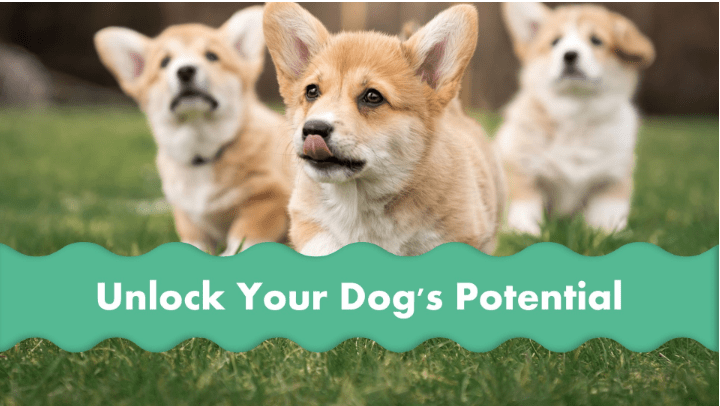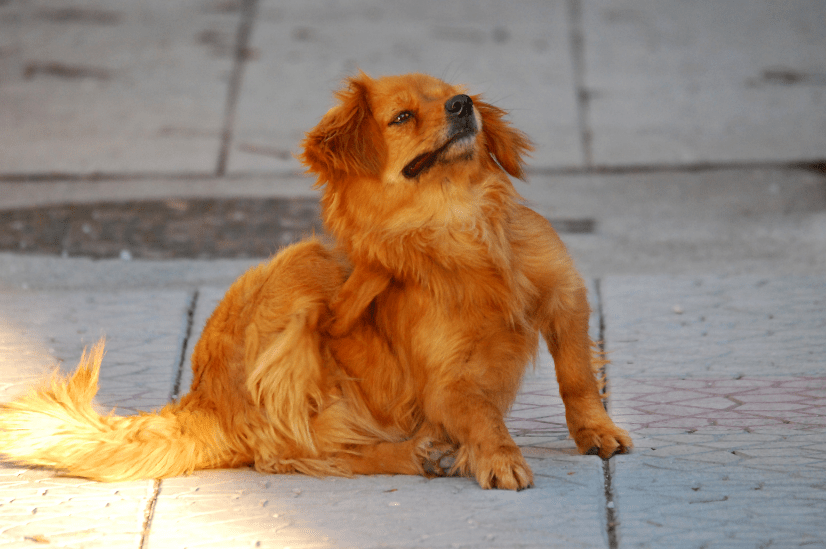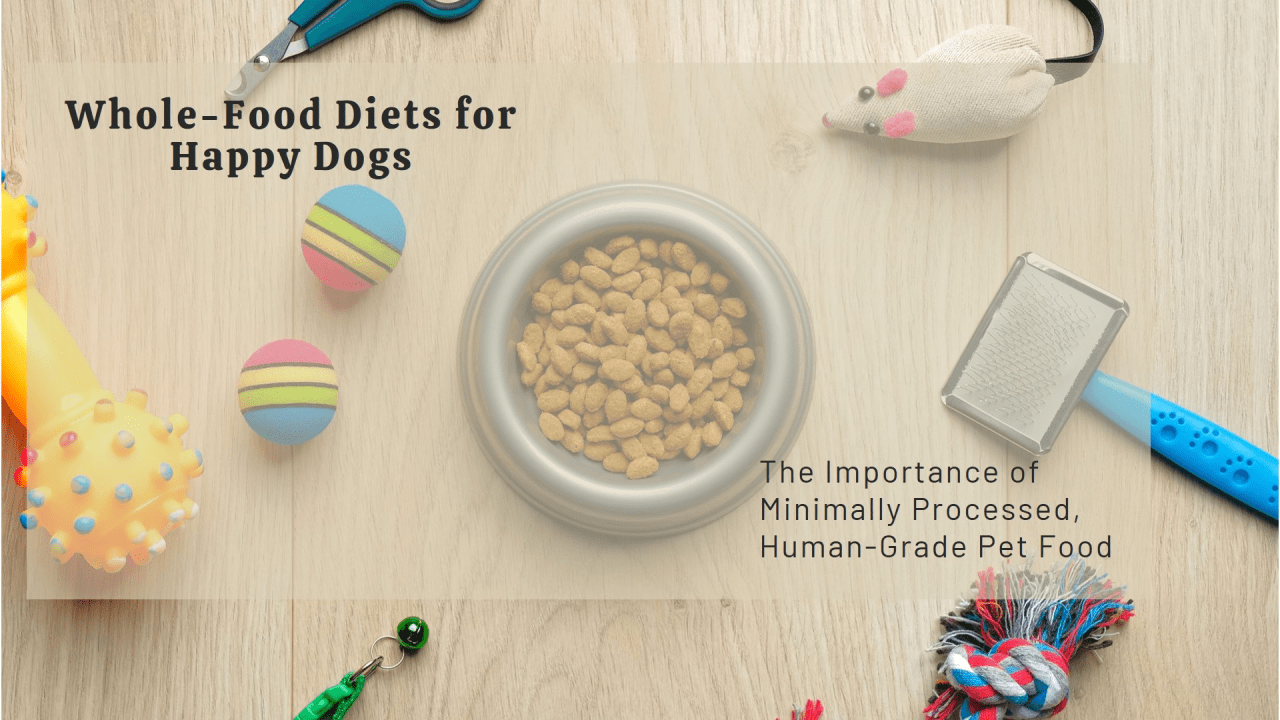Beyond Sight and Sound: Unlocking Your Dog’s Full Potential with Multi-Sensory Socialization

Dog socialization is one of the most important aspects of raising a happy, confident, and well-adjusted pet. While traditional socialization focuses on introducing your dog to new sights and sounds—like meeting new people, seeing other animals, or hearing everyday noises—a truly comprehensive approach goes beyond these two senses. Multi-sensory socialization incorporates touch, smell, and taste, giving your dog the tools to navigate the world easily. Let’s dive into how this holistic approach enriches your dog’s life and strengthens your bond.
I) Textures: Expanding Paw Comfort
Why It Matters: Dogs experience the world through their paws and fur. Familiarity with different textures can help reduce anxiety and make your pet more adaptable to new environments.
How to Incorporate Textures:
a) Walk on Various Surfaces:
Grass, gravel, sand, and tile all provide unique sensations. Take your dog for walks in diverse environments, such as parks, beaches, and urban streets.
b) Explore Flooring at Home:
Let them walk on carpets, hardwood, linoleum, and wet grass. This variety helps them adapt to different home environments they may encounter.
c) Safe Chew Toys:
Introduce toys made from rubber, nylon, and plush materials. Not only does this provide entertainment, but it also helps them become comfortable with different textures in their mouths.
II) – Smells: The World Through Their Nose
Why It Matters: A dog’s sense of smell is its most potent tool for understanding the environment. Exposing your dog to a variety of scents can desensitize it to new odors and prevent overactivity.
How to Incorporate Smells:
a) Visit Diverse Locations:
Take your dog to forests, markets, beaches, and city streets. Each location offers unique scents that broaden their experiences.
b) Introduce New Foods:
Let your dog smell different fruits, vegetables, and spices. Always ensure the items are pet-safe before allowing them to taste.
c) Encourage Free Sniffing:
During walks, allow your dog to explore its surroundings with its nose. This natural behavior stimulates the dog’s brain and reduces stress.
III) Sounds: Building Confidence in Noisy Environments
Why It Matters: Many dogs develop noise phobias, which can lead to stress and anxiety. Gradual exposure to a variety of sounds can help them feel more secure.
How to Incorporate Sounds:
a) Play Everyday Noises:
Use recordings of traffic, thunderstorms, or fireworks. Start at low volumes and gradually increase as your dog becomes more comfortable.
b) Visit Noisy Places:
Take your dog to safe but bustling areas like parks, outdoor cafes, or near train stations. These experiences build resilience in real-life situations.
c) White Noise Machines:
Use these to create a calm environment while helping your dog get used to ambient sounds.
IV) Why Multi-Sensory Socialization Matters
a) Reduces Fear and Anxiety:
Gradual exposure to new experiences builds confidence and prevents fear-based reactions. This can reduce the likelihood of developing phobias.
b) Improves Well-being:
A dog comfortable with various sensory inputs is less reactive, more relaxed, and better adjusted to change.
c) Enhances Cognitive Development:
Exploring the world through multiple senses strengthens problem-solving skills and overall mental function.
d) Strengthens Your Bond:
Shared adventures, exploring new smells, or navigating new textures create a deeper connection between you and your pet.
V) Tips for Successful Multi-Sensory Socialization
a) Start Early:
As soon as your puppy is safe, begin incorporating sensory experiences into its routine. Early exposure lays the foundation for a confident adult dog.
b) Go Slow and Steady:
Introduce new experiences gradually. Watch your dog’s body language to ensure they’re comfortable.
c) Keep it Positive:
Use treats, praise, and toys to create positive associations with new experiences.
d) Observe Your Dog:
Pay attention to signs of stress, like tucked tails or excessive yawning. If your dog seems uneasy, back off and try again later.
e) Seek Professional Guidance:
If you’re unsure how to introduce new sensory experiences, consult a certified dog trainer or veterinary behaviorist.
VI) Beyond the Basics: Creative Multi-Sensory Socialization Ideas
a) Petting Zoo Visits:
Expose your dog to the sights, smells, and sounds of farm animals. Ensure they are comfortable and on a leash.
b) Walks in the Rain:
Let your dog experience the feel and sound of rain. It’s also an opportunity to practice walking on wet surfaces.
c) Beach Adventures:
The waves, sand, and salty air create a sensory-rich environment.
d) Music Exposure:
Play different genres of music at low volumes to see what calms or excites your pet.
e) Seasonal Textures:
Snow, fallen leaves, or even puddles offer unique sensations for your dog to explore.
The Long-Term Benefits of Multi-Sensory Socialization
Dogs exposed to various sensory inputs are better equipped to handle new experiences quickly. They are less likely to develop behavioral issues, more adaptable to changes in routine, and more confident in unfamiliar situations. Investing time in multi-sensory socialization gives your dog the tools to thrive in any environment.











